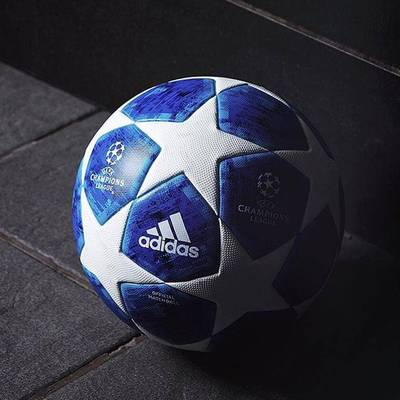FREE Shipping on $75 OR More. Some Exclusions May Apply.
FREE Shipping on $75 OR More. Some Exclusions May Apply.
Footwear
Apparel
Equipment

How to Properly Wear Soccer Cleats
April 17, 2023 3 min read
Soccer cleats are an essential piece of equipment for any soccer player. Once you have the right size cleats, it's important to wear the right socks. Soccer socks are designed to be worn over the cleats and should be long enough to cover the ankle. This helps keep the cleats in place during play and prevents blisters and irritation.. They provide traction, support, and protection on the field, and can make a big difference in a player's performance. However, wearing soccer cleats properly is just as important as choosing the right pair. In this article, we'll discuss how to properly wear soccer cleats.
1.Choose the right size
The first step in wearing soccer cleats properly is to choose the right size. Cleats that are too small can cause discomfort and even injury, while cleats that are too large can cause blisters and decrease performance.
When trying on soccer cleats, make sure there is a little bit of space between your toes and the end of the shoe. You should be able to wiggle your toes comfortably, but the shoe should not be so loose that your foot slides around inside.
2.Wear the right socks
Once you have the right size cleats, it's important to wear the right socks. Soccer socks are designed to be worn over the cleats and should be long enough to cover the ankle. This helps keep the cleats in place during play and prevents blisters and irritation.
Choose socks that are specifically designed for soccer and are made from a breathable material that wicks moisture away from the skin. Avoid wearing cotton socks, as they tend to retain moisture and can cause discomfort during play.
3.Lace up properly
Properly lacing up your soccer cleats is essential for a comfortable and secure fit. Start by loosening the laces all the way and sliding your foot into the shoe. Pull the tongue of the shoe up and over the top of your foot.
Next, start lacing up the cleat from the bottom, making sure each lace is threaded through the appropriate eyelet. Make sure the laces are not too tight, as this can restrict blood flow and cause discomfort. The laces should be snug, but not so tight that they dig into your foot.
Once you reach the top of the cleat, tie the laces in a knot or bow, making sure they are not too tight. If the laces are too loose, the cleat will not provide enough support, while if they are too tight, they can cause discomfort and restrict movement.
4.Check for proper fit
Before hitting the field, take a few minutes to check that your cleats are properly fitted and laced up. Walk around and make sure your foot does not slide around inside the shoe. Do a few practice kicks and jumps to make sure the cleats stay in place and provide adequate support.
If the cleats feel too loose or too tight, adjust the laces or try on a different size or style of cleat. It's important to make sure the cleats fit properly, as wearing improperly fitted cleats can lead to discomfort, blisters, and even injury.
5.Break in the cleats
New soccer cleats can be stiff and uncomfortable at first, so it's important to break them in before wearing them for a game or practice. Wear the cleats around the house for a few hours each day for a week or two before using them on the field.
During this time, the cleats will begin to mold to your foot and become more comfortable. You can also wear them during light practice sessions to further break them in.
6.Maintain the cleats
Properly maintaining your soccer cleats is essential for keeping them in good condition and extending their lifespan. After each game or practice, wipe down the cleats with a damp cloth to remove any dirt or debris.


